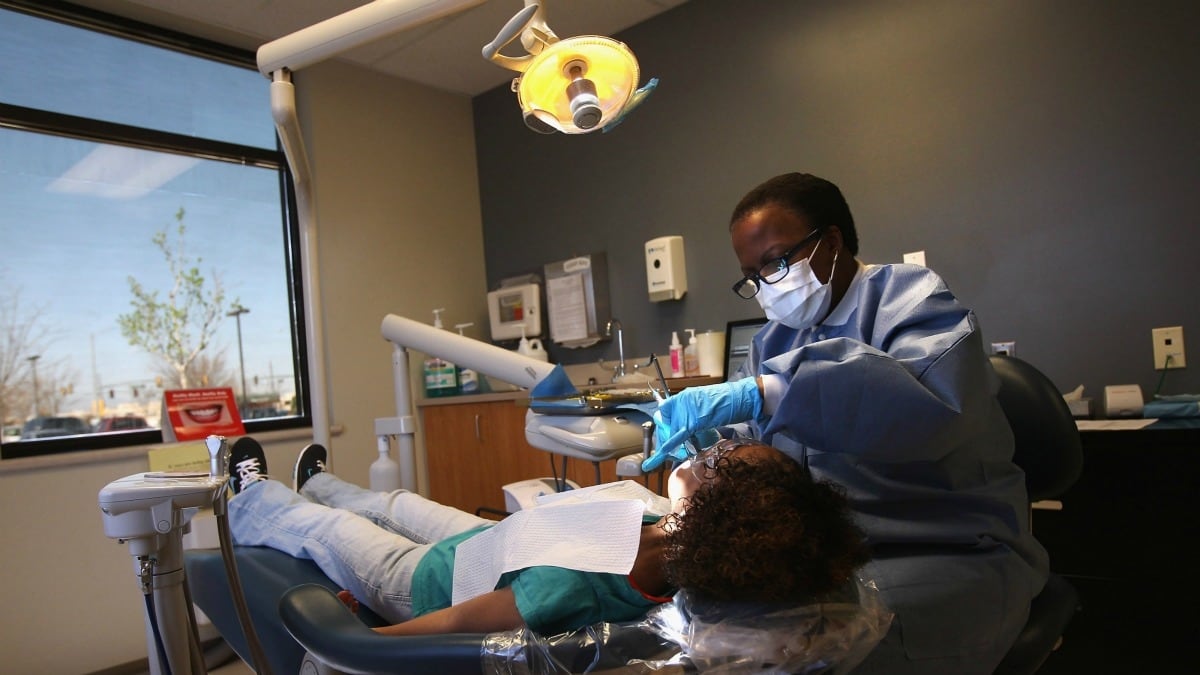
This is the second post in a series about the growing cost of Medicare. Click here read Part 1.
Of course you could say that both Answer 1 and Answer 2 contain much truth, as in the old Saturday Night Live joke about the floor wax that is also a breath mint.
But here's the point that sways me most: if the surge in Medicare costs is driven primarily by demographics, why have healthcare costs also surged for the under 65 population? The cost of the typical family insurance policy doubled over the period from 2000 to 2008. Why?
Yes, the under-65 population is tilting more toward the older end of the spectrum.
And yes too, we are seeing the spread of health-negative conditions like obesity.
Conversely, we are not seeing a great rise in healthcare consumption, in most of the ways you'd measure consumption: doctors' visits, days in hospital, that kind of thing.
So where's the money going? The quick answer: it's buying technology and facilities. U.S. healthcare is unusually technology-intense and unusually facility-abundant, not just in terms of the number of facilities, but also in terms of their size and cost.
The trouble is that this high level of capital investment does not seem to be buying improved outcomes. One crude indicator: life expectancy numbers have tended to stagnate in the U.S. in recent years. The CIA Factbook now ranks the U.S. 50th in the world for life expectancy, just ahead of Taiwan but behind Portugal.
That life expectancy statistic does not settle the argument of course, but it should indicate the argument's shape—and the outlines of tomorrow's solution.






